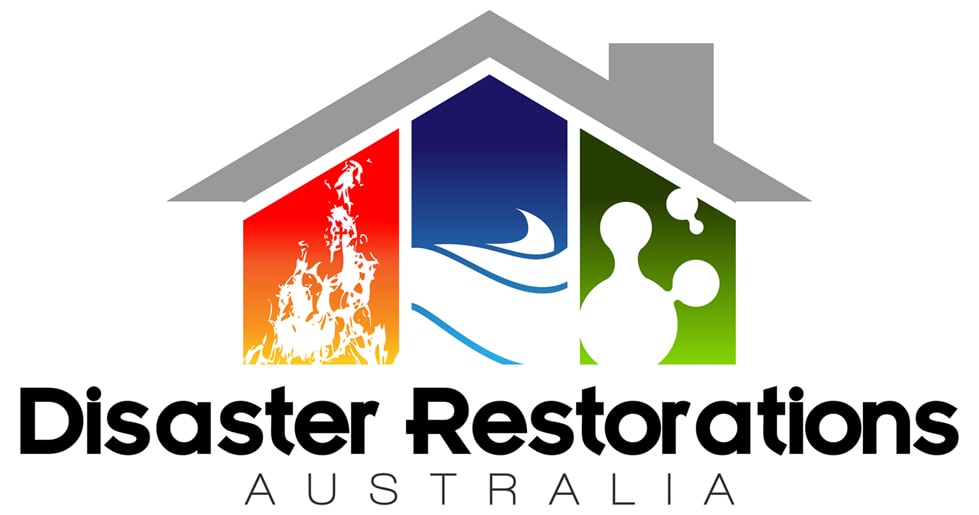Introduction:
Australia’s unique landscapes and diverse ecosystems are often vulnerable to the devastating impact of bushfires. These fires, fueled by dry conditions and strong winds, can cause widespread destruction, leaving communities and the environment in ruins. In this blog, we delve into the challenges posed by fire damage in Australia and explore the critical process of fire damage restoration.
The Devastating Impact of Bushfires in Australia:
Bushfires are a recurring natural disaster in Australia, particularly during hot, dry summers. These fires can spread rapidly, engulfing vast areas of land, destroying homes, wildlife habitats, and causing irreplaceable loss. The intensity of the flames, combined with smoke and ash, leaves a lasting impact on communities and ecosystems.
Emergency Response and Evacuation:
When bushfires strike, swift emergency response is crucial to ensure the safety of individuals and communities. Firefighters, emergency services, and volunteers work tirelessly to contain the flames, evacuate affected areas, and provide immediate aid to those in need. Protecting lives and minimizing further damage remains the top priority during the initial stages of fire management.
Damage Assessment and Safety Evaluation:
Once the fires have been extinguished, trained professionals assess the extent of the damage and evaluate the safety of affected structures. Structural engineers, building inspectors, and other experts examine the integrity of buildings, utilities, and infrastructure. Hazardous materials and potential dangers are identified to prevent accidents and ensure the safety of restoration teams and residents.
Cleanup and Debris Removal:
The aftermath of a fire leaves behind a significant amount of debris, including charred remains of buildings, fallen trees, and other burnt materials. The cleanup process involves carefully removing debris and disposing of it appropriately. Special attention is given to hazardous waste, such as asbestos, ensuring proper handling and disposal in accordance with environmental regulations.
Structural Stabilization and Repairs:
Fire can cause severe damage to the structural integrity of buildings, compromising their stability and safety. Skilled contractors and restoration specialists assess the damage and perform necessary repairs, including rebuilding damaged sections, reinforcing structures, and restoring utilities. The goal is to restore the affected properties to their pre-fire condition, or even enhance their resilience against future fire risks.
Smoke and Soot Cleanup:
The residue left behind by smoke and soot can permeate structures and belongings, posing health risks and causing persistent odors. Professional restoration teams employ specialized techniques and equipment to thoroughly clean and deodorize affected areas. This includes the use of specialized cleaners, air filtration systems, and odor neutralizers to eliminate traces of smoke damage.
Salvaging and Restoring Personal Belongings:
While some possessions may be lost forever in a fire, restoration specialists strive to salvage and restore valuable and sentimental items. They employ various techniques such as cleaning, deodorizing, and specialized treatments to recover damaged furniture, electronics, documents, photographs, and other cherished belongings wherever possible.
Environmental Rehabilitation:
The impact of bushfires extends beyond human settlements; they also devastate natural ecosystems and wildlife habitats. Restoration efforts focus on rehabilitating and regenerating the affected environments, including reforestation, erosion control, and wildlife conservation initiatives. These efforts are crucial to ensure the long-term health and biodiversity of the affected areas.
Community Support and Rebuilding:
The aftermath of a fire can have a profound emotional and psychological impact on affected communities. Providing support services, counseling, and community programs are essential in aiding the recovery process. Financial assistance, insurance support, and access to resources are also crucial to help individuals and communities rebuild their lives and restore their sense of normalcy.
Conclusion:
Fire damage restoration in Australia is a challenging and multifaceted process that requires coordinated efforts from various stakeholders. By combining emergency response, skilled restoration techniques, and community support, affected communities can rise from the ashes and rebuild their lives. Furthermore, investing in fire prevention measures, raising awareness, and promoting sustainable land management practices are crucial in mitigating the risk and severity of future bushfires. Together, Australia can recover and build a more resilient future in the face of fire disasters.


